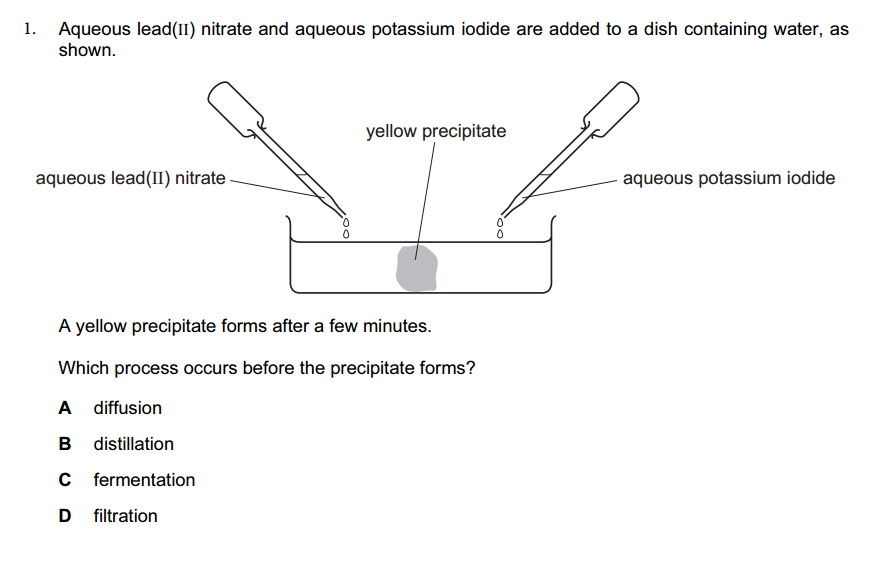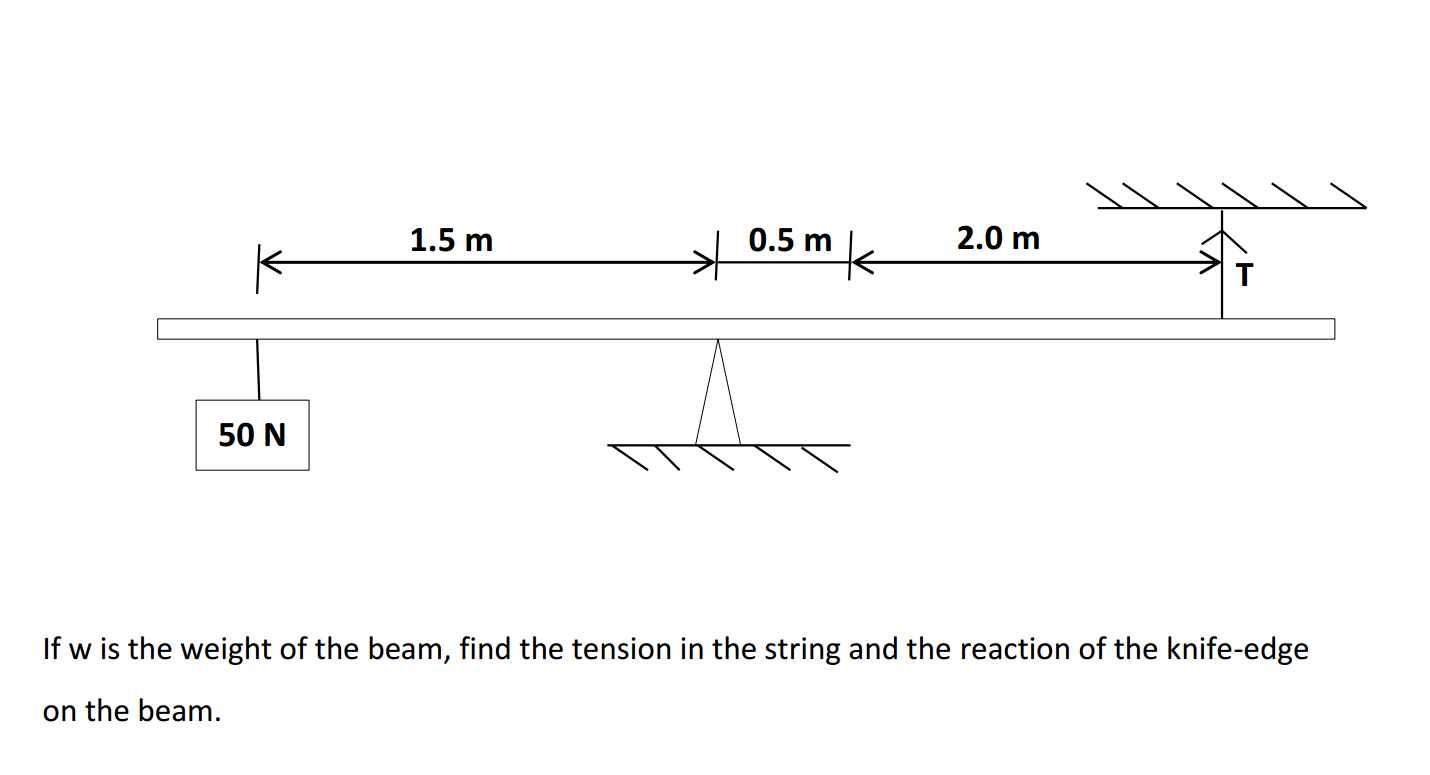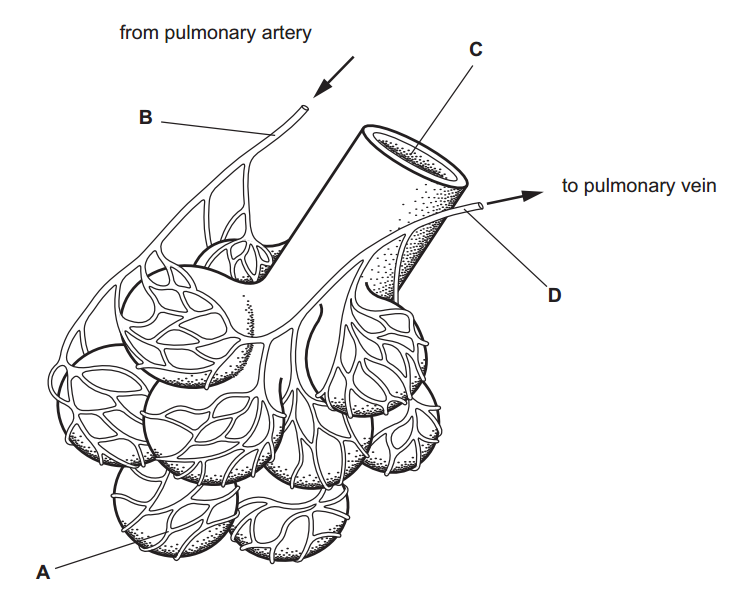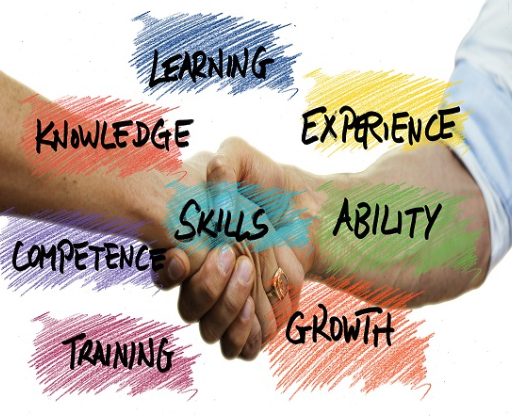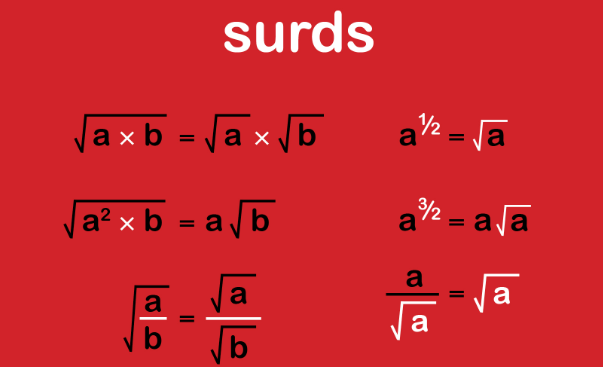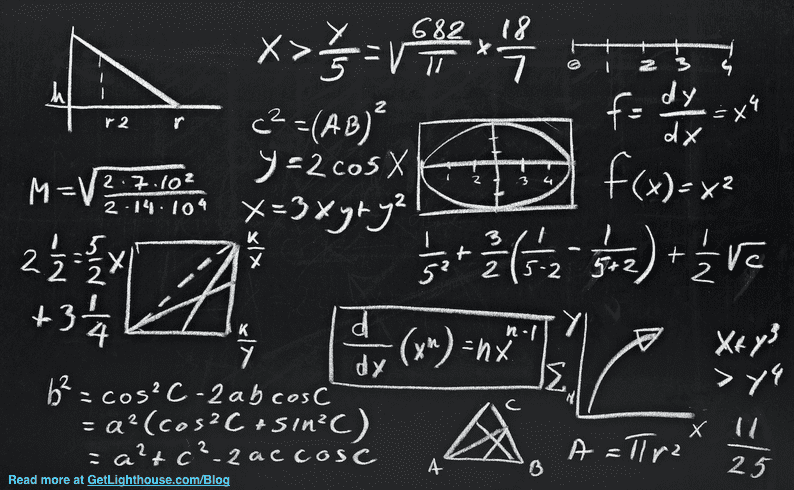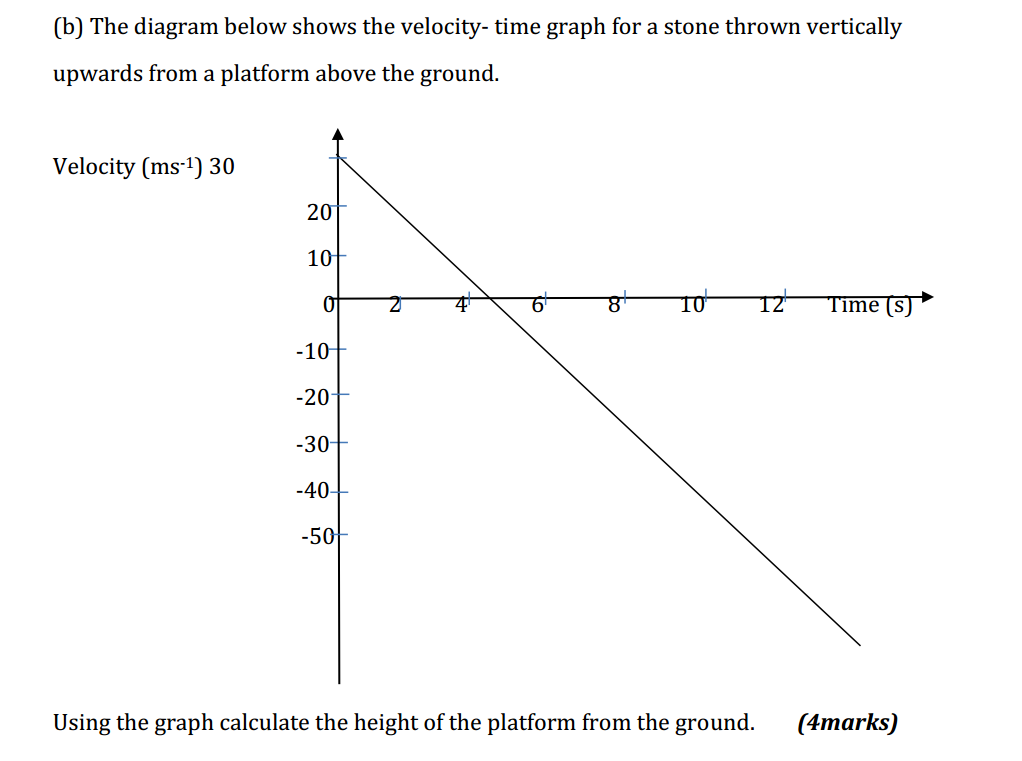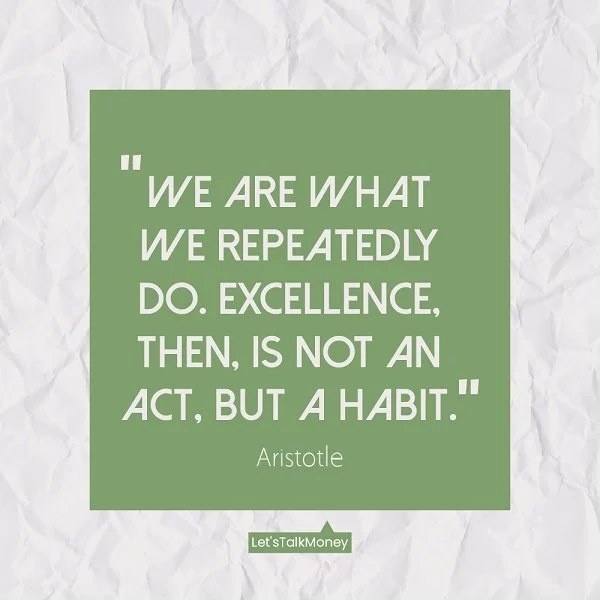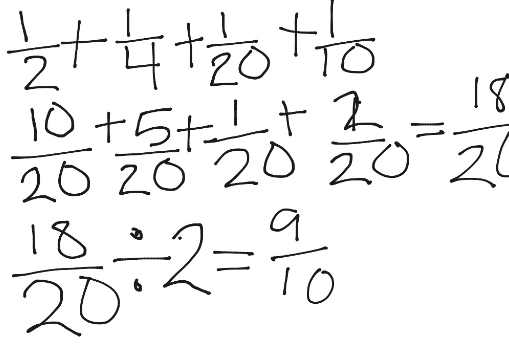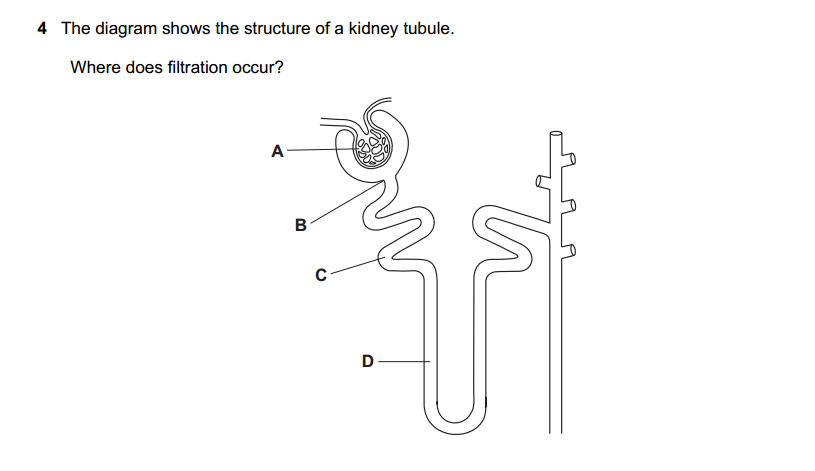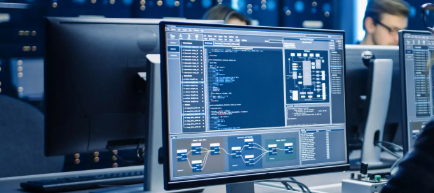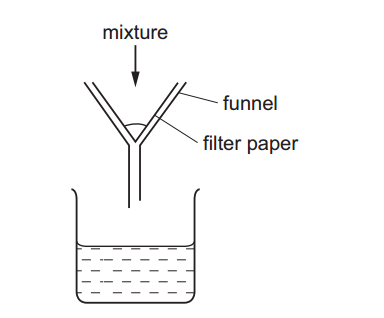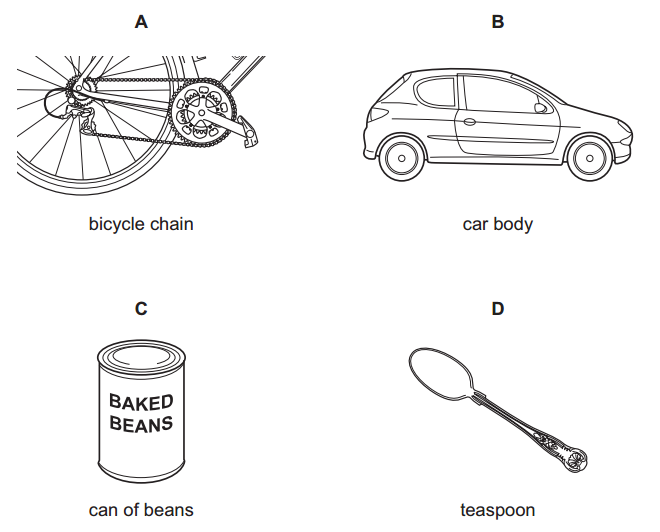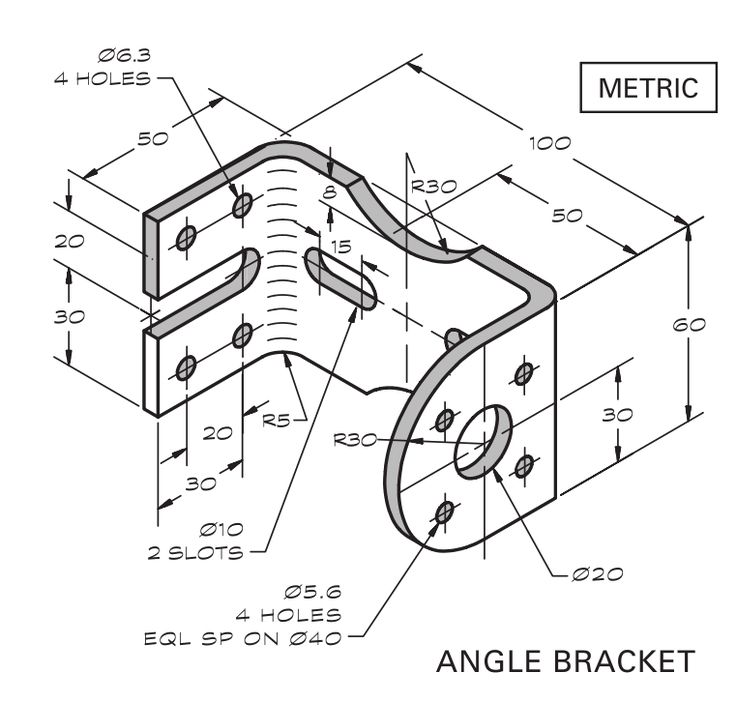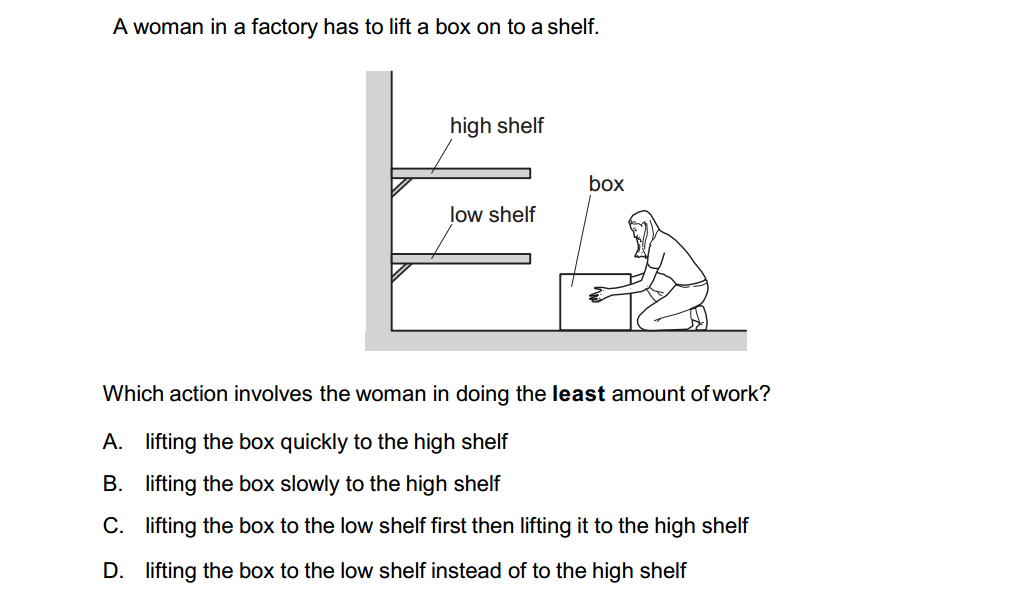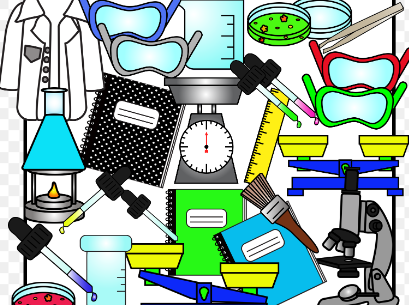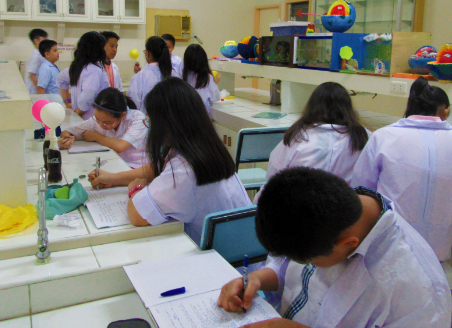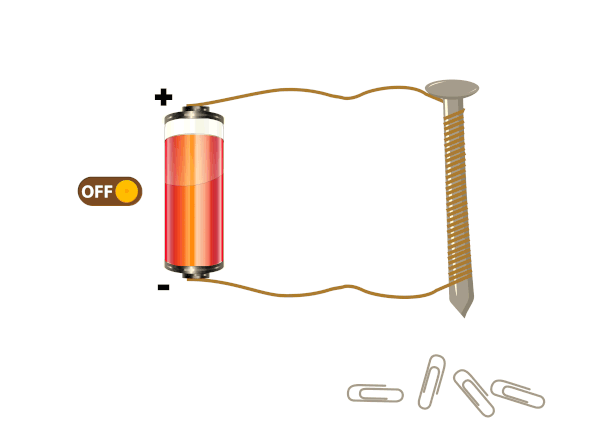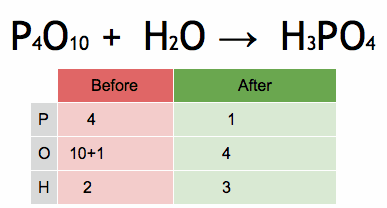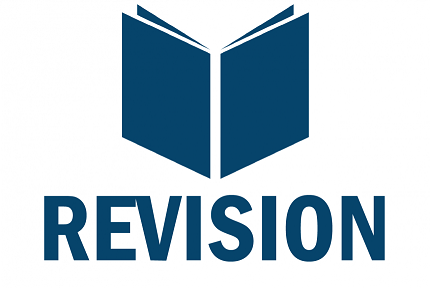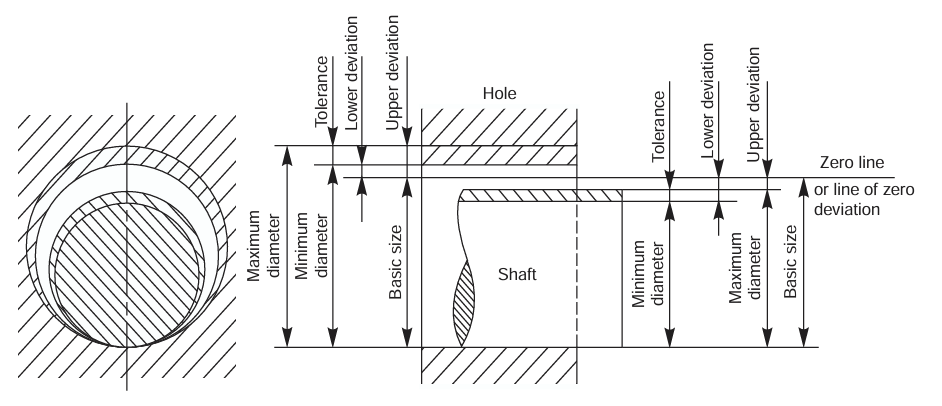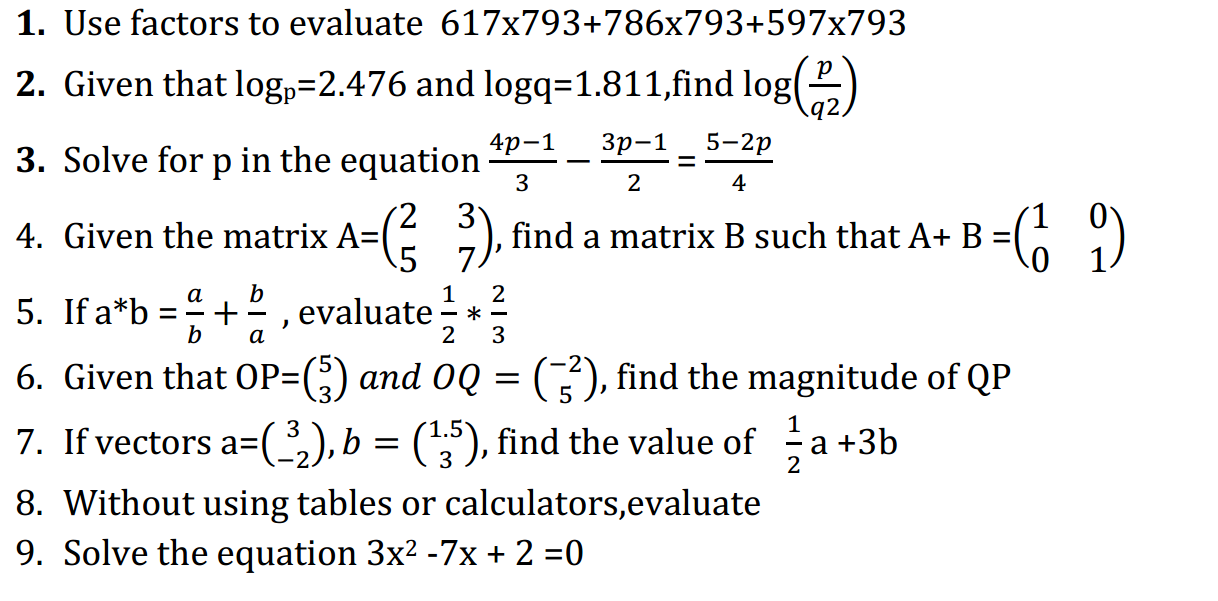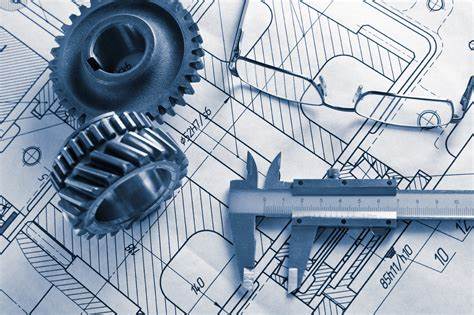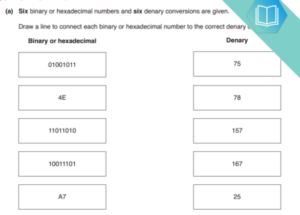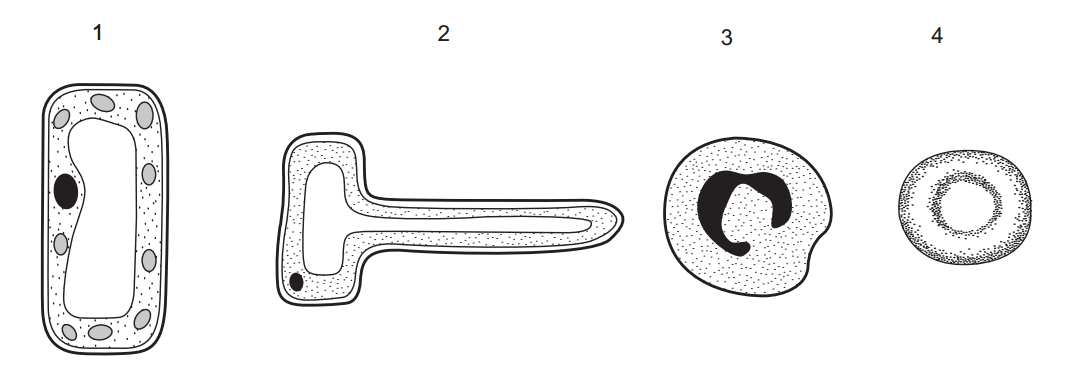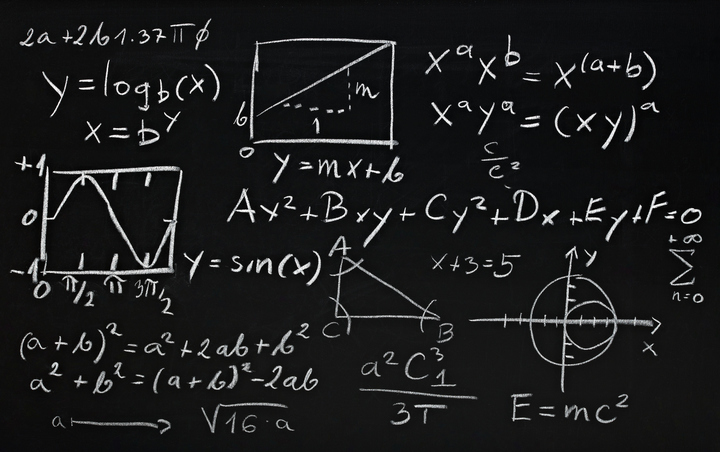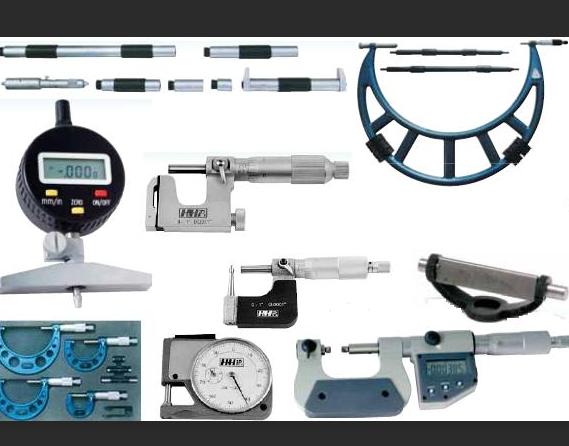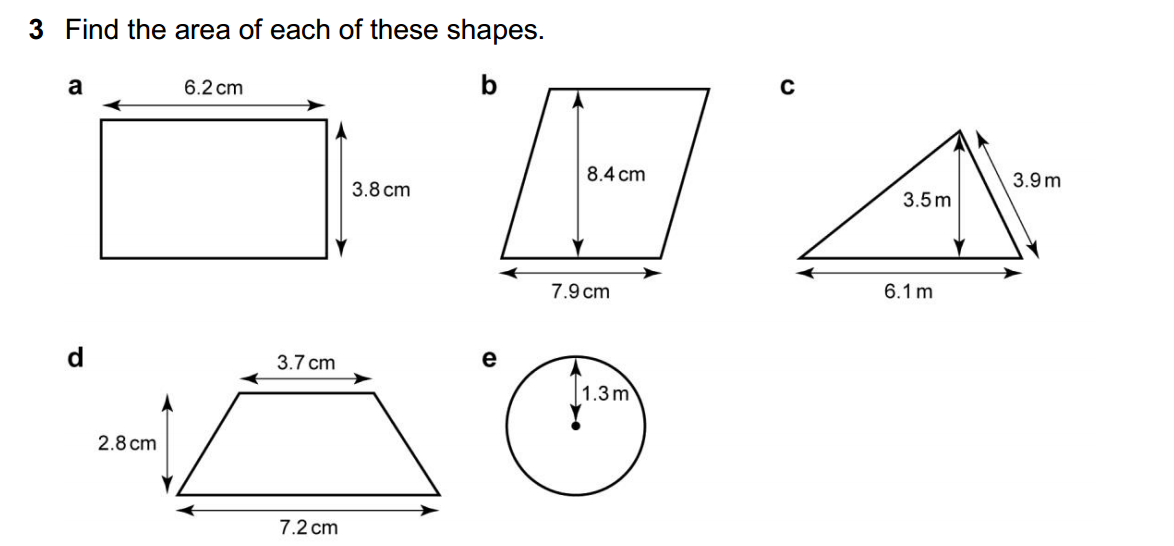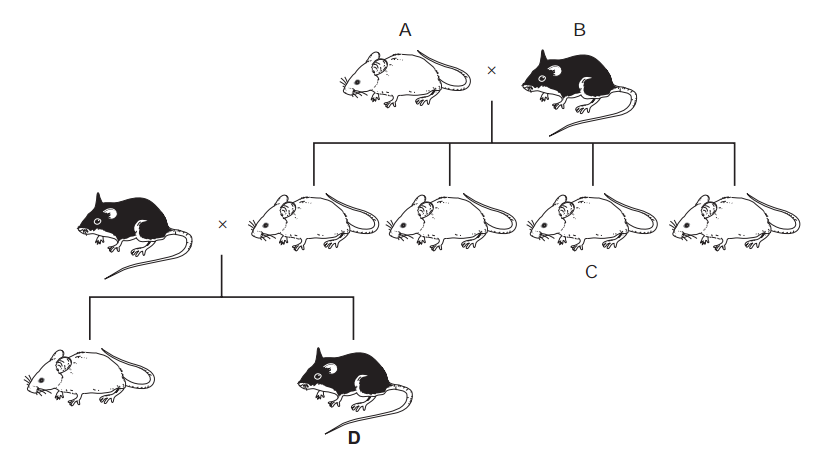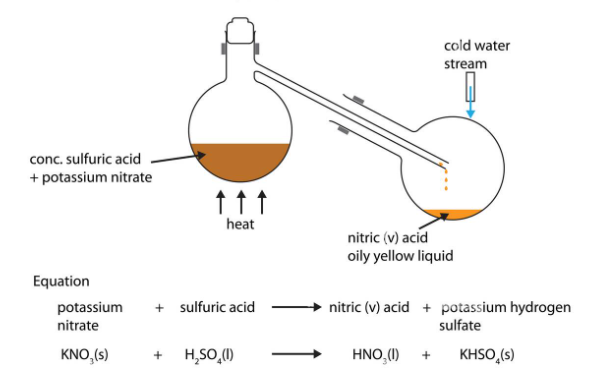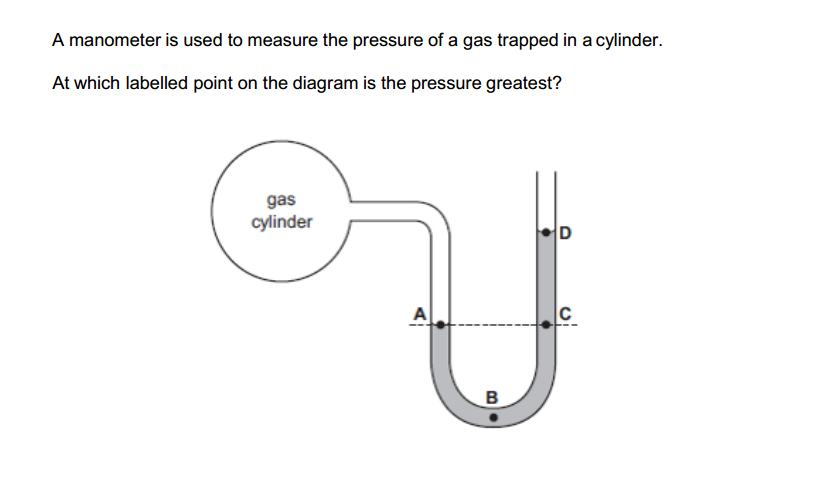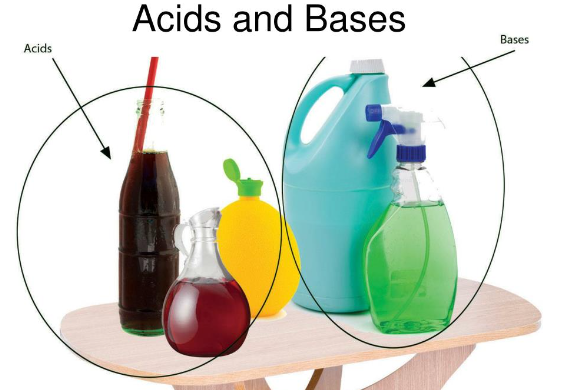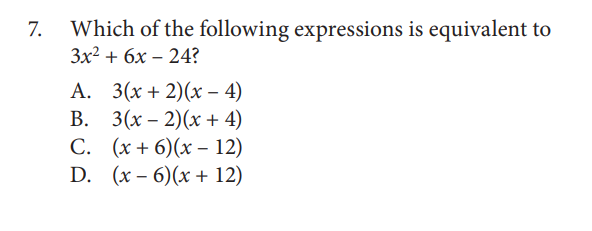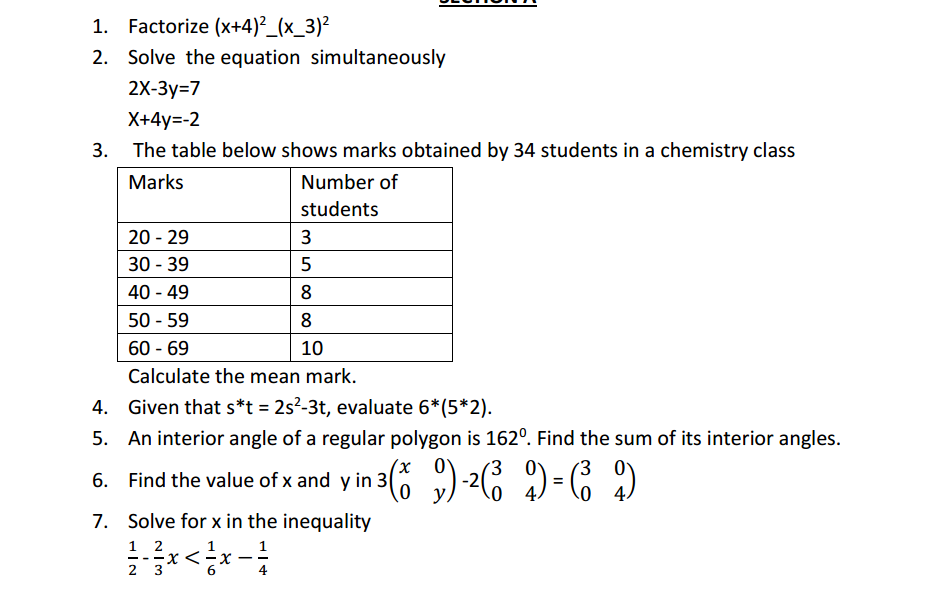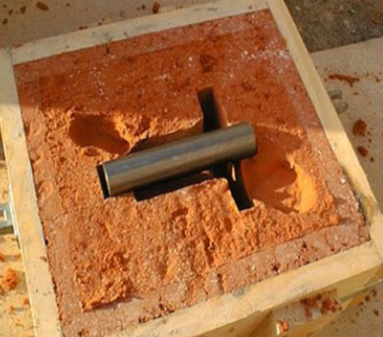Handling a practical exam involves a combination of preparation, organization, and effective communication. Whether you’re a student preparing for a practical exam or an instructor conducting it, here are some tips to help you navigate the process:
For Students:
- Understand the Requirements:
- Carefully read and understand the instructions and requirements for each task in the practical exam. Clarify any doubts with your instructor before the exam starts.
- Practice Regularly:
- Regular practice is crucial for success in practical exams. Familiarize yourself with the equipment, techniques, and procedures you’ll be using during the exam.
- Manage Your Time:
- Time management is key in practical exams. Practice completing tasks within the allocated time to ensure you can finish all required components.
- Organize Your Materials:
- Have all necessary materials and tools organized and ready before the exam begins. This includes notes, manuals, and any other resources you’re allowed to use.
- Stay Calm:
- Maintain a calm and focused mindset during the exam. Take deep breaths if you start feeling anxious and concentrate on one task at a time.
- Follow Instructions:
- Follow the instructions precisely. If there’s any uncertainty, ask for clarification from the instructor. Avoid making assumptions about what is expected.
- Document Your Work:
- Document your steps and procedures clearly. This can be helpful for both yourself and the examiner to understand your thought process and approach.
- Prioritize Tasks:
- If the exam involves multiple tasks, prioritize them based on your strengths and the time available. Tackle the tasks you are most confident in first.
- Check Your Work:
- If time permits, review your work before submitting it. Look for any errors or areas where you can improve. Attention to detail is important.
- Ask for Help When Necessary:
- If you encounter difficulties or technical issues, don’t hesitate to ask for assistance. It’s better to seek help and clarify doubts than to proceed with uncertainty.
For Instructors:
- Provide Clear Instructions:
- Clearly communicate the instructions, expectations, and evaluation criteria to the students before the exam. Ensure they understand what is required of them.
- Create a Comfortable Environment:
- Establish a comfortable and organized exam environment. Ensure that all necessary equipment and materials are readily available.
- Be Approachable:
- Be approachable and open to answering questions. Encourage students to seek clarification if they are unsure about any aspect of the exam.
- Monitor the Exam:
- Actively monitor the exam to ensure that students are following instructions and to address any issues that may arise promptly.
- Provide Clear Timing Guidelines:
- Clearly communicate the time allocated for each section of the exam. Signal transitions between tasks, and remind students of the time remaining.
- Offer Assistance Appropriately:
- Be ready to offer assistance when necessary, but avoid giving away answers. Ensure fairness and consistency in the treatment of all students.
- Review and Evaluate Fairly:
- After the exam, review and evaluate each student’s performance objectively. Provide constructive feedback that highlights strengths and areas for improvement.
- Communicate Results Timely:
- Communicate exam results in a timely manner. This allows students to receive feedback promptly and make necessary adjustments for future assessments.
By following these tips, both students and instructors can contribute to a smoother and more successful practical exam experience.


